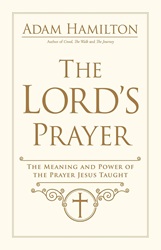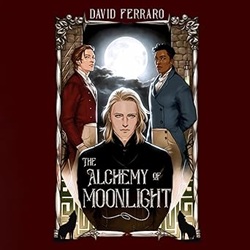Review of Happy Land, by Dolen Perkins-Valdez
by Dolen Perkins-Valdez
read by Bahni Turpin and Ashley J. Hobbs
Books on Tape, 2025. 10 hours, 19 minutes.
Review written November 21, 2025, from a library eaudiobook.
Starred Review
First, a big thank you to Suzanne, who recommended this book when she signed up for my email newsletter, Book Talking with Sondy. My hold finally came in, and I enjoyed it thoroughly.
This is a book that combines characters you care about with little-known history and present-day injustices. There are two perspectives and two narrators in this audiobook. First, in the present day, Nikki has been summoned unexpectedly from her home in DC to her grandmother in North Carolina. Nikki hasn’t seen her grandmother since her mother and grandmother had an extreme falling-out. Now Nikki’s own daughter is at loose ends after graduating from high school without a plan going forward, and Nikki hasn’t been doing well in her career as a real estate agent. But she doesn’t know why her grandmother has summoned her to the mountain where their family has lived for generations.
The second perspective is Luella, Nikki’s grandmother’s great-grandmother. Luella was born in slavery, but after gaining freedom, her community was in danger from the Klan in South Carolina. So the entire community, led by her father, a preacher, traveled to a mountain on the border with North Carolina. At the urging of William Montgomery, a charismatic young man who asked her to marry him – they founded not just a community, but a kingdom. And William was elected the king and Luella the queen.
At first, the folks of the kingdom rented the land from a widow who needed their help running her hotel, but they worked toward owning the land. There were many obstacles along the way and much personal turmoil. And this is all based on an actual “kingdom” that existed in America not long after the Civil War.
Meanwhile, in the present, Nikki learns about the kingdom – but that her grandmother is in danger of losing the land, where she’s lived since she was born on the premises. And along the way, she sees how connected her grandmother is to the land and to the community – but needs to find out more about why her grandmother and mother stopped speaking to each other. Can she mend the generational rift? Can she save the land that her family has owned for 150 years?
I didn’t completely understand the law that allows people who inherit one portion of property to sell off other portions of property at auction without folks who live there knowing about it. Since I was listening, I didn’t even catch the name of this type of law, but the author names it as a major way that land has been stolen from African Americans, destroying generational wealth. So one of the big conflicts in the book has to do with an actual current issue.
And it’s all told in a compelling story. Luella’s life wasn’t easy, even though she was a queen. And Nikki, after her, has some choices to make as she learns about her connection to royalty and the Kingdom of the Happy Land.
The author’s blog points to a fascinating webpage about the actual Kingdom of the Happy Land. Amazing stuff!
Find this review on Sonderbooks at: www.sonderbooks.com/Fiction/happy_land.html
Disclosure: I am an Amazon Affiliate, and will earn a small percentage if you order a book on Amazon after clicking through from my site.
Disclaimer: I am a professional librarian, but the views expressed are solely my own, and in no way represent the official views of my employer or of any committee or group of which I am part.
Subscribe for more reviews and talk about books.
Join the conversation: What did you think of this book?









